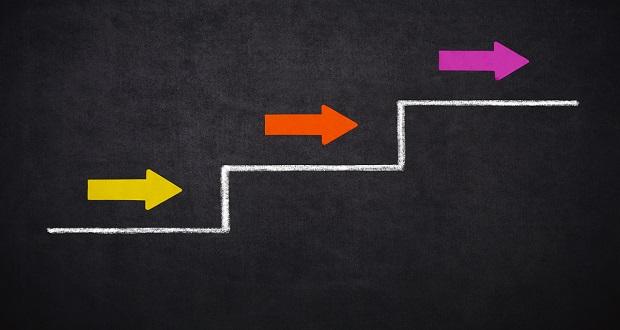In the introduction to this series, I shared how important it is to meet people where they are, especially when we may all be walking towards inclusion from different perspectives or motivations. We may not all agree on what inclusion means or how it’s lived out, but we have to listen first if we are going to begin fostering any sense of it within our organizational environments.
In today’s post, I want to dig a little deeper into what exactly that listening may look like, and how we move towards inclusion, a journey filled with disagreements and differences, proactively and productively. At the intersection of social justice and business case D&I, there are people trying to create transformation for different reasons and with different goals, and we have to pay attention to the signs – to the traffic signals, if you will. When do we need to stop or yield to another perspective? When is it okay to go, moving forward with an agenda or a program? When might we just need to slow down, and consider a different approach? We have to be strategic when attempting to create conversation and transformation in diverse environments in a polarized world.
At The Winters Group, we use a model for Bold, Inclusive Conversations that our CEO Mary-Frances Winters created in her book, We Can’t Talk About That At Work!: How to Talk About Race, Religion, Politics, and Other Polarizing Topics. In that model, the first three steps are: self and other understanding, assess readiness, and prepare for the conversation. This model and these three steps apply to our challenge of navigating an intersection of motivations, experiences, and goals within an organization. They help us to know when to stop, go, and yield.
Stop:
There are two main points at which we may need to stop and make some considerations about who we are and what we want. As we approach the intersection, we may need to stop. We need to take the time to consider our own goals and motivations in the context of Diversity and Inclusion. Do we have an understanding of other’s goals and motivations? How, if at all, do these align? If they don’t, what may be the necessary groundwork for moving forward? Can you find some shared meaning – perhaps in your concern for people or your hope for innovation? Whatever it is, we have to stop as we approach this work and engage in that self and other understanding in order to really make an impact.
The second point at which we may need to stop is when we’re about to head into a collision for which we did not prepare. Sometimes, organizations move too fast through D&I work, unaware that they may be causing individual people to sidestep their ideals and personal motivations in order to get with the program. Eventually, if we are not inclusive of all voices in this process, we will cause a collision. In these moments, we have to stop, rethink our strategy, and move forward again only when we are able to agree on a pace and a purpose.
Go:
The fact is, we will not always find perfect agreement, especially when we come from different D&I perspectives. There may be moments when you are unsure if your message or vision will resonate with those around you or your organization, but sometimes you just have to move forward. As long as you’ve done the ground work we just mentioned and are prepared to engage in differences, it’s okay to begin without a complete understanding of what the journey will look like, personally or organizationally. As long as you know that there may be some stops along the way, some points of conflict, some redirecting, and some reshaping of the vision, it’s okay to start moving forward with the understanding that greater inclusion, no matter the motivation, is a worthy destination.
Yield:
This may be the most important signal to pay attention to. Once you’ve stopped and considered yourself, others, and your readiness, and once you’ve taken the leap and moved forward towards your vision, be aware of the moments when you may have to yield to a new perspective or dynamic within your organizational efforts in order to keep the process moving and to include a greater diversity of voices at the table.
As you move towards inclusion, someone with a new perspective, motivation, or experience, may shift the conversation. Perhaps a colleague brings up a point you hadn’t thought of before or shares a perspective you don’t at first understand. You may need to yield to that person and take stock of how their perspective shifts the conversation or causes you to hold off or change direction. That’s okay – in fact, inclusion requires us to stop and be responsive to diverse, dynamic voices. When we work from different motivations and have different ideals, there are moments when we can’t move forward without first yielding. Be aware of those moments, and seek to understand – not to win. You are not necessarily affirming another’s perspective as “correct”, but you are affirming it as valid.
This intersection of social justice ideals and business imperatives in the work of D&I is a tricky one to navigate, mostly because people and their motivations are tricky to navigate. You can’t always anticipate the right moves or the right programs or the right timing. However, you can understand the basic rules of the road. You can stop to prepare yourself, move forward with some common vision in mind, and continue to be ready to yield when new voices and perspectives shift the conversation.



















